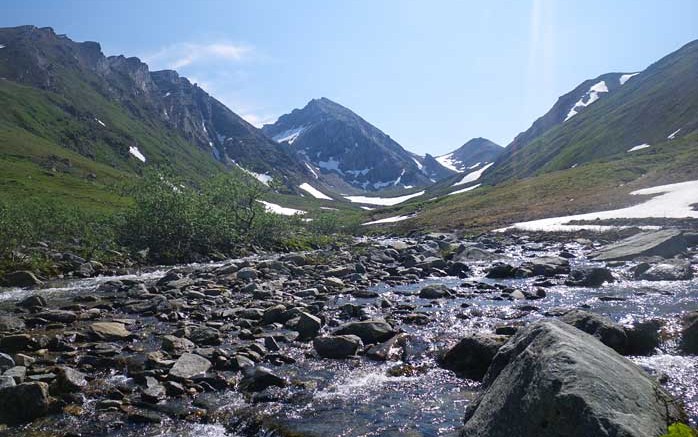Graphite One (GPH: TSXV; US-OTC: GPHOF) has signed a non-binding memorandum of understanding (MOU) with battery materials recycler Lab 4 to build a recycling facility for end-of-life electric vehicle (EV) and lithium-ion batteries in Washington state.
With the proposed recycling division, the company aims to bring “the full circular economy” to the U.S. graphite supply chain, the company said.
“There’s a compelling environmental imperative to not allow spent batteries — built to provide a renewable source of energy — to end up in landfills,” Anthony Huston, the company’s CEO, told The Northern Miner by mail. “And there’s a practical aspect as well, because in a scenario of rising material demand, we can’t afford to let high-purity battery materials go to waste.
On Apr. 6 the company also signed an MoU with Sunrise (Guizhou) New Energy Material, a Chinese lithium-ion battery anode producer to develop its proposed U.S.-based graphite material manufacturing facility. Huston believes that the partnership with Sunrise can ensure that the facility is “purpose-built from day one to the highest industry standards.”
Graphite One is currently developing an integrated project that aims to mine and process graphite at its Graphite Creek property in Alaska and build an advanced graphite material and battery anode manufacturing plant in Washington State. The recycling facility will be located adjacent to the plant, the company said.
In March, the U.S. Geological Survey cited the company’s resource in Alaska as the largest known graphite deposit in the U.S., which hasn’t produced graphite since the 1950s and currently imports all its natural graphite.
“Graphite demand for battery anodes is rising so rapidly, bringing on new sources of supply like Graphite One’s Graphite Creek deposit will be essential,” said Huston.
Lab 4, which provides laboratory and engineering support to mining companies, with a focus on recycling graphite, manganese and other minerals, said the return of battery materials within the industry was critical to the materials supply chain as the “electrification of everything” accelerates.
“Adding recycling to renewable materials development is the missing piece in a true circular economy,” said the company’s CEO Ian Flint said in a press release.
According to a study published by Wood Mackenzie in December, the recycling of lithium-ion batteries, used in EVs, is not expected to take off before 2030 due to the lack of recyclable feedstock. EVs have an increasingly long lifespan, with some reaching up to 15 years.
The report also mentions that EV packs are complex to disassemble into individual cells and new batteries cost less to produce, which doesn’t encourage battery recycling.
In addition, battery manufacturers are leaning towards cheaper materials, compelling recyclers to increase their efficiency to maintain profit, the study stated. New materials used in batteries require recyclers to regularly update their processes.
“It is true that spent EV batteries will not be available in large volumes until 2030 and after, the time to design and engineer the recycling facilities we will require is right now. That is what is driving Graphite One’s MOU with Lab 4,” said Huston.
The next steps for Graphite One and Lab 4 include setting out the proposed terms of the collaboration.
According to a 2019 resource update, the Graphite Creek project has measured and indicated mineral resources of 11 million tonnes grading 7.8% graphitic carbon for 850,534 contained tonnes of graphite. The inferred resource stands at 91.9 million tonnes grading 8% graphitic carbon for 7.3 million tonnes. The resource estimate used a cut-off grade of 5% graphite.
Pre-production capital costs estimated in the company’s preliminary economic assessment (PEA) from 2017 were estimated to total US$363 million, which included building both a processing plant and a manufacturing plant.
The PEA envisioned an open pit mine life of 40 years with the processing plant producing 60,000 tonnes annually of graphite concentrate once full production is reached. The manufacturing plant is expected to convert the concentrate into 41,850 tonnes per year of coated spherical graphite for use in lithium-ion batteries.
At presstime in Toronto, Graphite One was trading at $1.94 per share within a 52-week trading range of 89¢ and $2.54. The company has 85.5 million common shares outstanding for a market cap of $165.9 million.



Be the first to comment on "Graphite One signs MoU with Lab 4 to develop battery recycling facility "